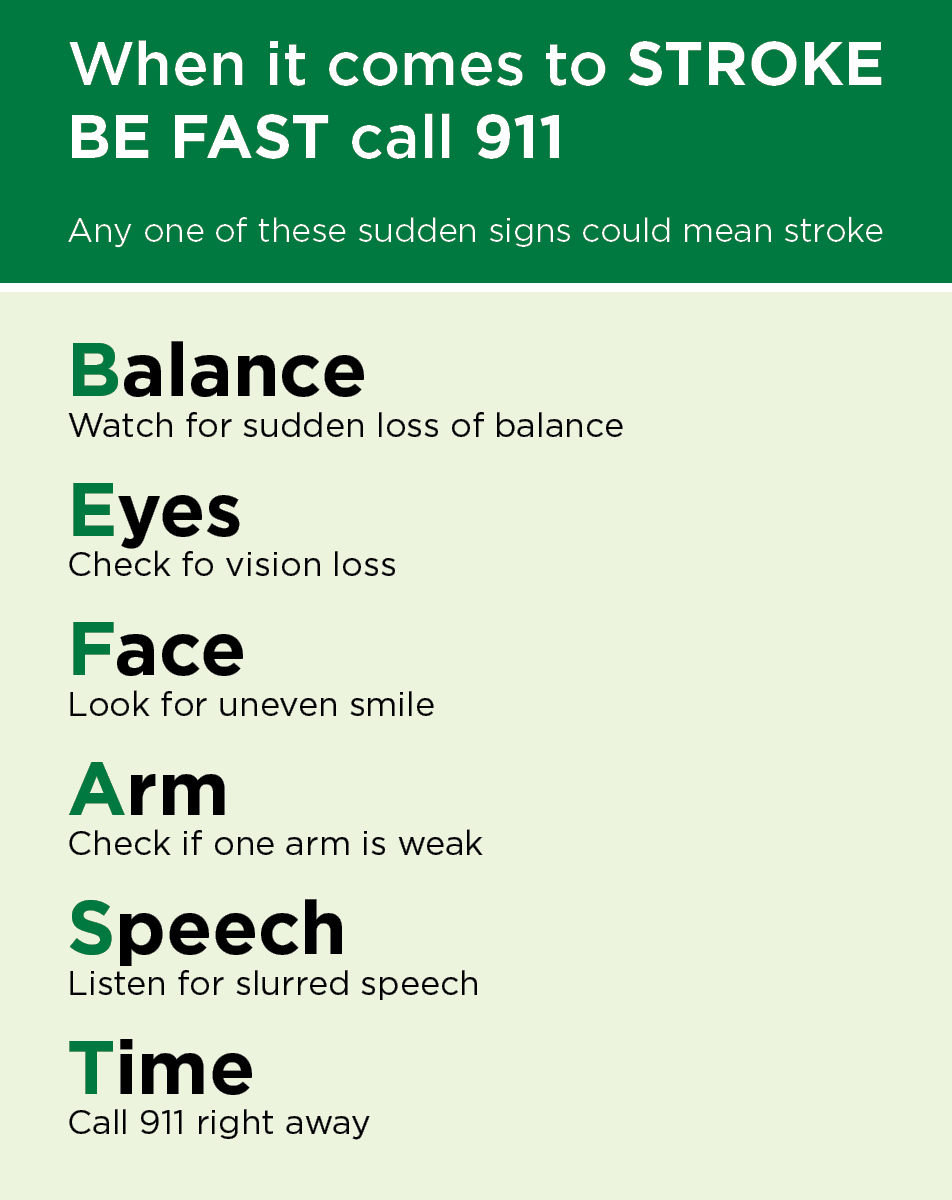
This post was written by Garrett Bennett, MD, PPG – Neurointervention.
Healthcare professionals are concerned that people with life-threatening medical problems are delaying seeking help since the arrival of COVID-19. Whether such delays are due to fears of contracting coronavirus, efforts to socially isolate or other circumstances, the consequences may be devastating.
Stroke is one of the most common of these conditions and can affect anyone, often leading to severe disability or even death. Over the last decade, stroke has become an increasingly treatable condition with therapies that include medicines to dissolve blood clots as well as catheter-based interventions. These treatments are among the most beneficial therapies in all of emergency medicine. However, these interventions are time-sensitive and delays significantly lessen the likelihood that they will be effective.
Identifying a stroke FAST
The signs of stroke vary widely and can include imbalance, vision loss (or deviation of the eyes to one side), drooping of one half of the face, inability to move a part of the body, slurring of speech or difficulties with language (such as word finding or understanding speech). If any of these signs are suddenly present, then time is of the essence and you should call 911 right away! Be FAST can be used to help remember some of the signs.




